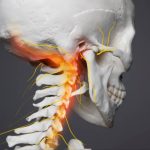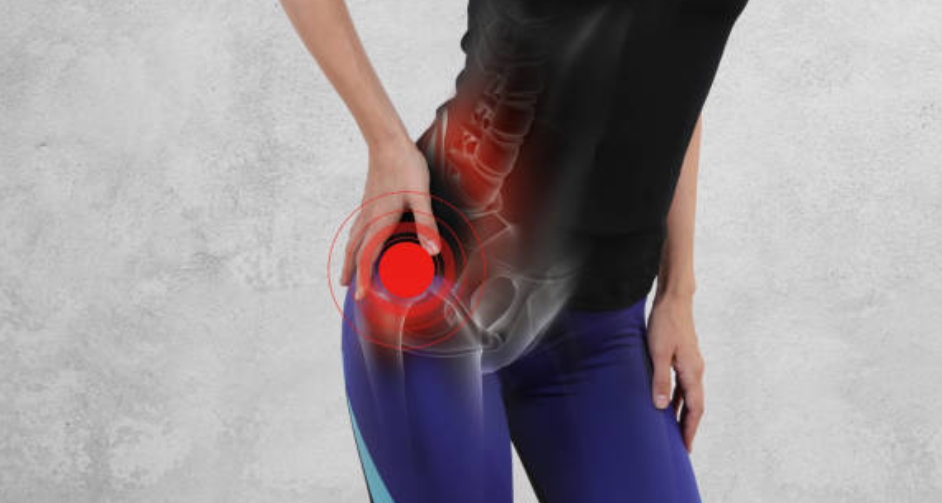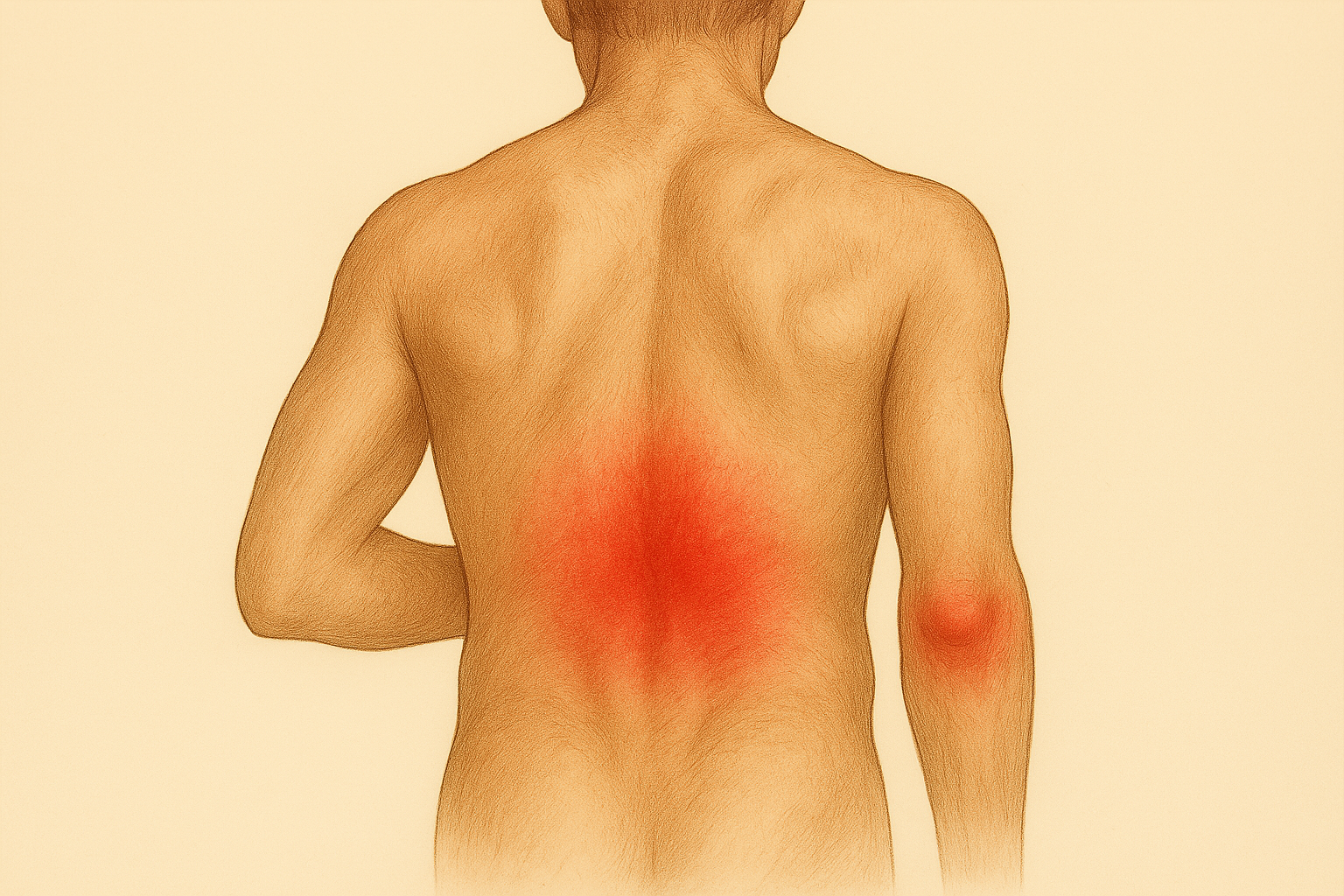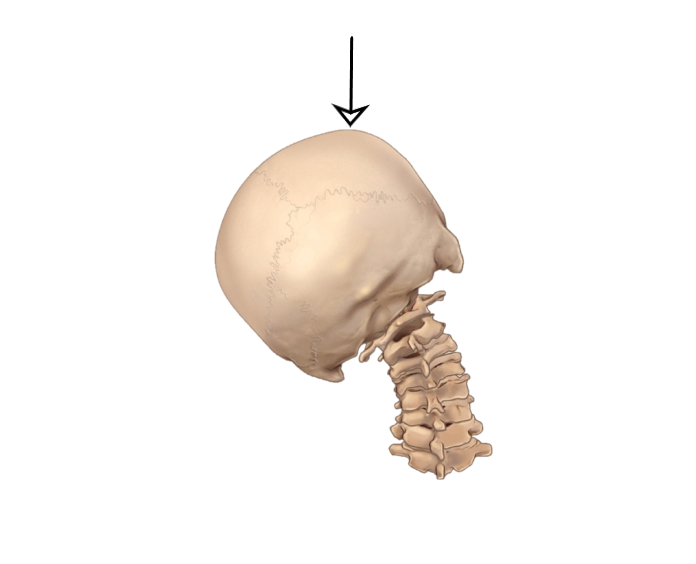Purpose of Romberg’s Test: To determine if there is a lesion in the posterior column-medial lemniscus pathway (also called as dorsal column-medial lemniscus pathway – that conducts sensations such as fine touch, two-point discrimination, vibration and position sense (proprioception) from the skin and joints to the postcentral gyrus of the cerebral cortex) (1). The axons of this pathway cross midline in the medulla, called as internal arcuate fibres, forming medial lemniscus. Lesions below the decussation cause ipsilateral loss of sensation and lesions above the decussation cause loss of sensation on the contralateral side of the body.
Patient position: Standing with two feet together having arms by the side of the body.
Examiner position: Standing beside while the patient is standing;
Procedure: Ask the patient to stand with eyes open, followed by eyes closed. Record the number of seconds the patient is able to stand stable in both conditions (eyes open and closed).
Outcome: The test is positive if the patient has increased sways, places a foot in front/side to regain the lost balance, or falls over. The test is negative if the patient is able to stand for a longer time with eyes closed. A positive Romberg test indicates that the loss of coordination (ataxia) is sensory in nature.
Modification / Progression:
- Sharpened / Tandem Romberg’s test: Ask the patient to stand semi-tandem or tandem with eyes open for 10 seconds, followed by eyes closed for 10 seconds.
- Modified Romberg’s test (2): Ask the patient to stand unassisted as per following four testing conditions with eyes open/closed & on firm/compliant surfaces. The patient is considered to fail in the following situations: had to open eyes, had to move arms or feet to regain balance, started falling down forcing the examiner to intervene (2).
| Testing Conditions | Sensory Inputs |
| Eyes open, firm surface | Visual, proprioceptive, vestibular |
| Eyes closed, firm surface | Proprioceptive, vestibular |
| Eyes open, compliant surface | Visual, vestibular |
| Eyes closed, compliant surface | Vestibular only |
References:
1. Kim S, Kim M, Kim N, Kim S, Han G. Quantification and validity of modified Romberg tests using three-axis accelerometers. InGreen and Smart Technology With Sensor Applications 2012 (pp. 254-261). Springer, Berlin, Heidelberg.
2. Agrawal Y, Carey JP, Hoffman HJ, Sklare DA, Schubert MC. The modified Romberg Balance Test: normative data in US adults. Otology & neurotology: official publication of the American Otological Society, American Neurotology Society [and] European Academy of Otology and Neurotology. 2011 Oct;32(8):1309.



